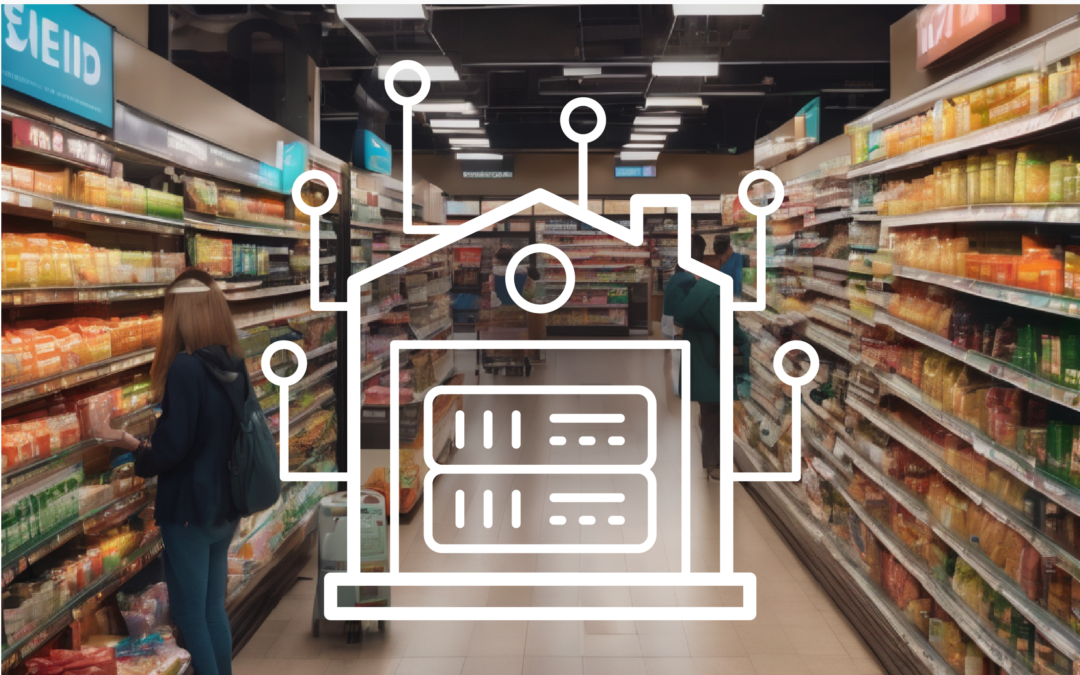Across industries, data collaboration strategies are a central aspect of most digital transformation initiatives. The business case for implementing these strategies continues to get stronger as incremental revenue opportunities become more evident, while data privacy and security concerns still sit top of mind for many executives. That’s where data clean rooms come in. Here we’ll examine what data clean rooms are and how they can be used to transform the retail media experience.
What is a data clean room?
A data clean room is a secure collaboration environment that allows two or more participants to leverage proprietary data assets for specific, mutually agreed upon uses, while enforcing strict data access limits, i.e., not revealing or exposing the personal data of their customers to other parties.
Why should an aggregated retail media network host a data clean room?
Best of breed retail media networks use data clean rooms to share anonymized and aggregated shopper data with advertisers within a secure environment, where retailers and advertisers can collaborate on data to improve consumer targeting, advertising performance, and closed-loop measurement.
Data Clean Room Use Cases
- Relevant marketing and advertising. If a customer frequently purchases a particular product category (e.g., carbonated beverage), their data can be leveraged to enable consumer packaged goods (CPG) brands to serve ads featuring complementary brands, products or promotions.
- Audience segmentation. By analyzing anonymized purchase history and loyalty data, CPG brands can identify patterns and preferences that define various audience segments, such as “value-conscious shoppers,” “frequent buyers,” or “brand loyalists.”
- Attribution modeling. By securely sharing anonymized transaction data, CPG advertisers can attribute specific marketing touchpoints to conversions and provide return on ad spend (ROAS and iROAS).
- Inventory management and demand forecasting. Advertisers can gain insights into media inventory levels and sales trends to better forecast demand, optimize inventory management, and reduce out-of-stock situations at retailer locations.
Benefits of Data Clean Rooms
- Secure sharing: CPG marketers can collaborate on data without exposing personally identifiable information (PII), layering on mechanisms to comply with data privacy regulations.
- Improved targeting. By combining first-party data from retailer(s) with their existing data, CPG advertisers can refine or create custom audience segments for targeted marketing and advertising campaigns.
- Better customer insights. Data clean rooms allow CPG advertisers to gain deeper insights into customer behavior and preferences, leading to improved customer engagement and loyalty.
- Increased revenue. Through data clean room collaboration, CPG advertisers can drive more sales and revenue through more effective targeting and personalized marketing.
Conclusion
With the many benefits that come with data clean rooms, the role they play in an aggregated retail media network is significant. In providing C-stores and CPGs a best-of-breed solution, Axonet’s retail media network works with market-leading data clean room provider, Habu, to foster safe and secure data collaboration across retailers and advertisers. For additional information on how Axonet is transforming C-store retail media through secure data collaboration, please reach out to info@axonet.flywheelstaging.com.

